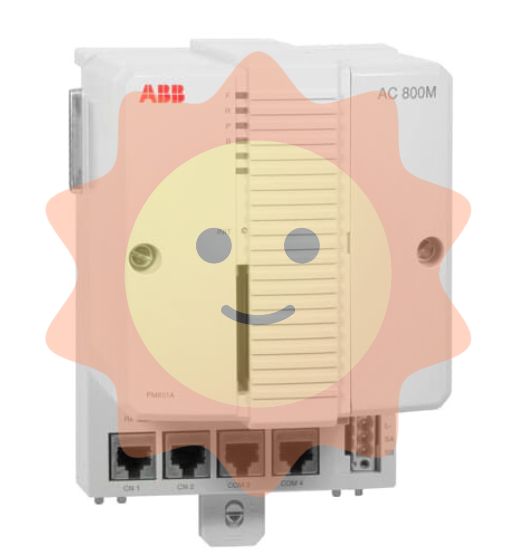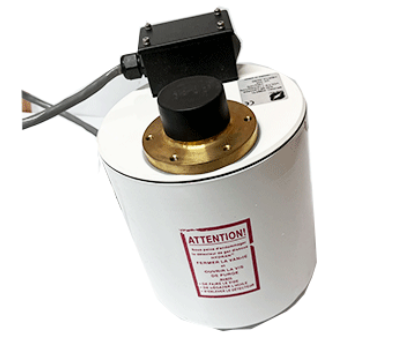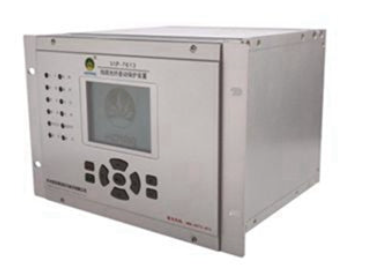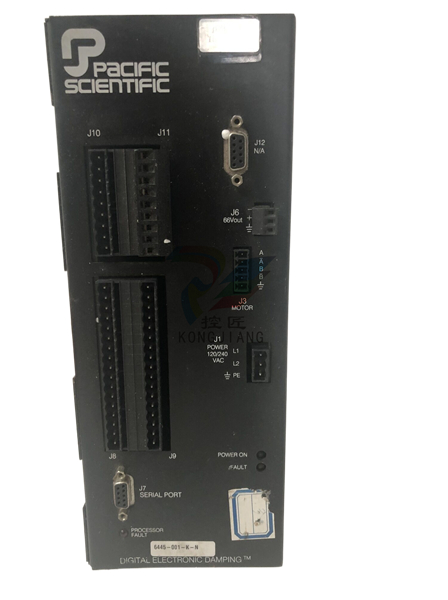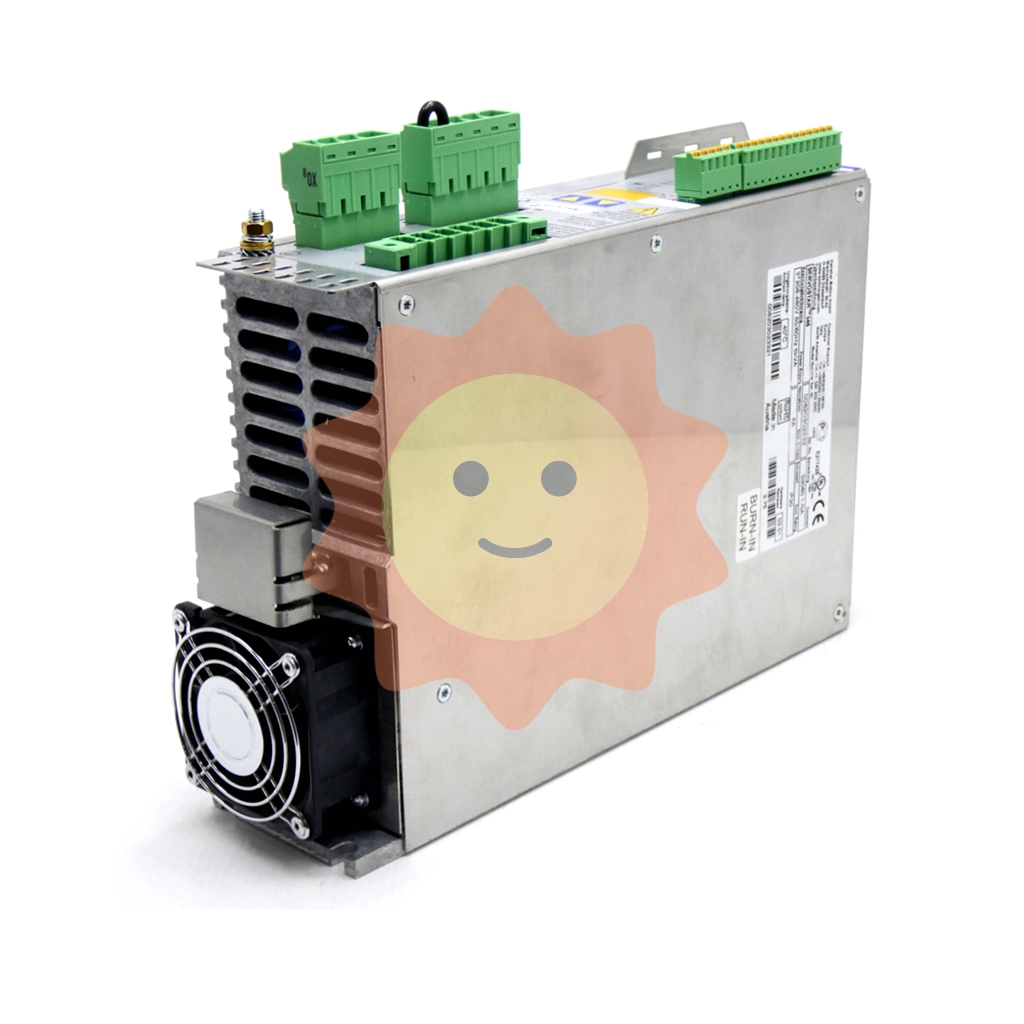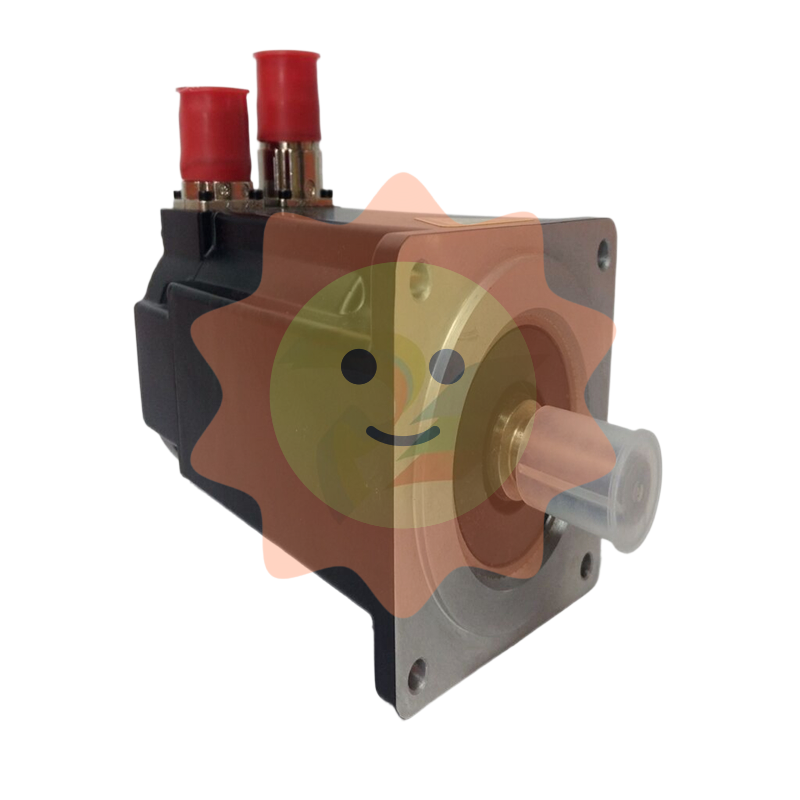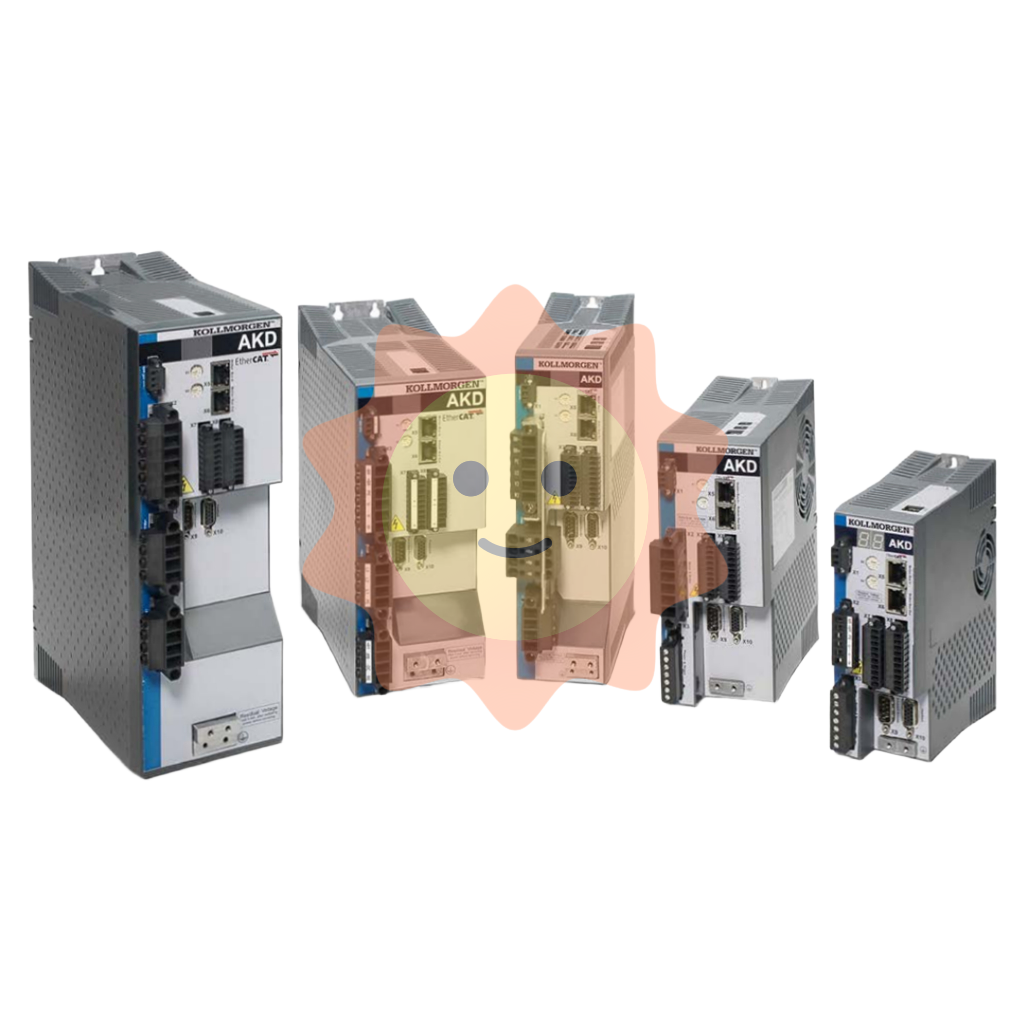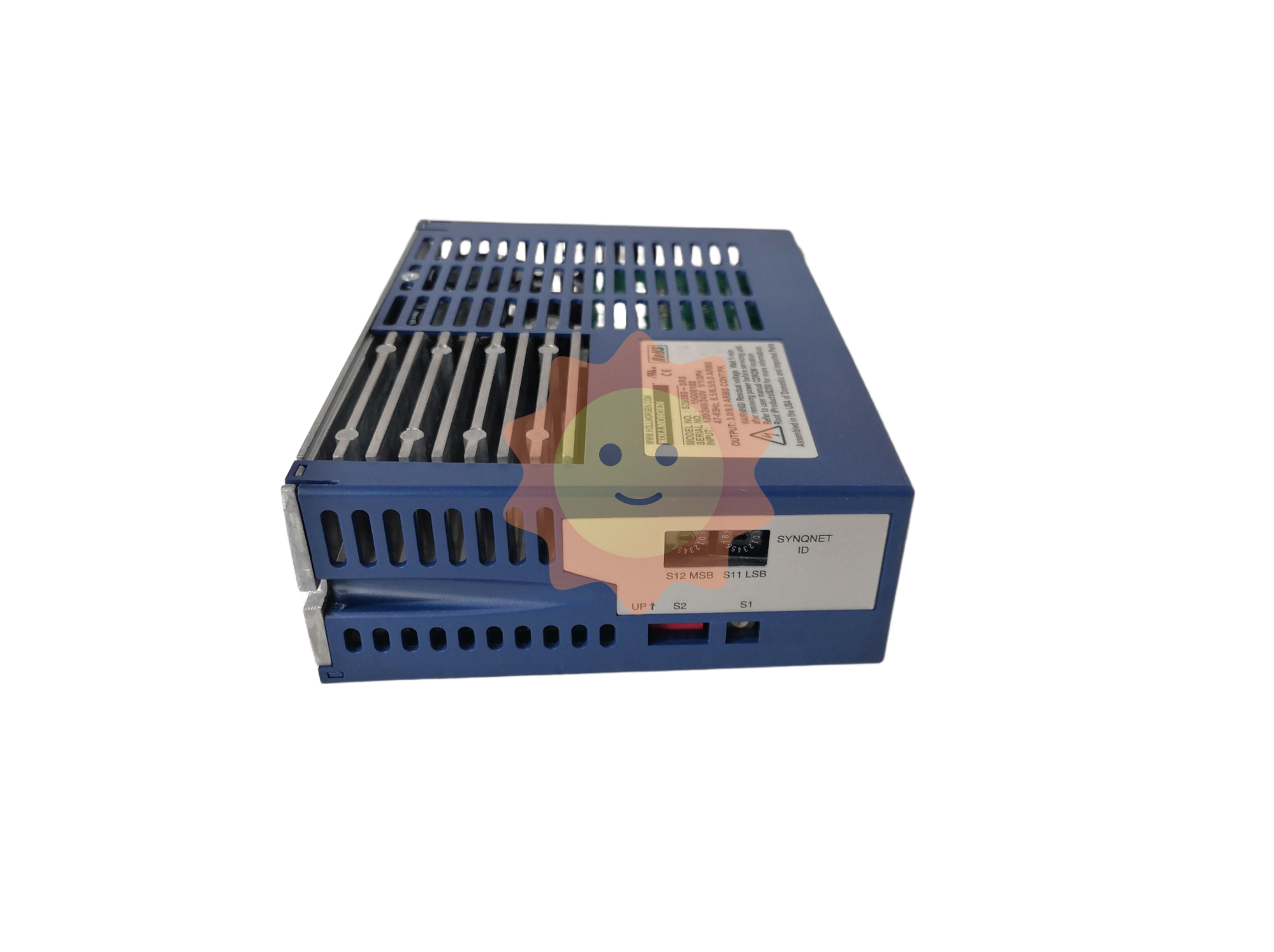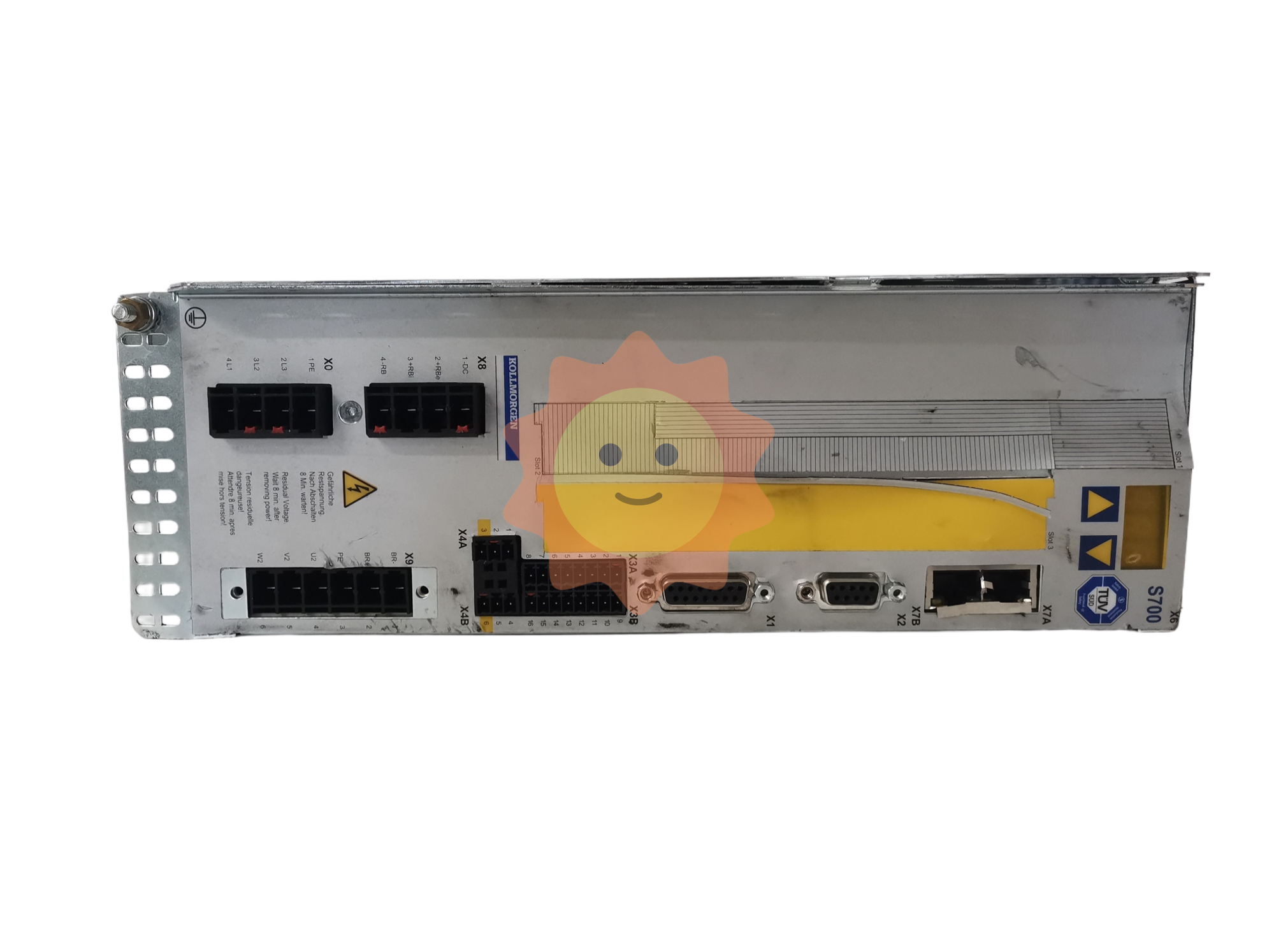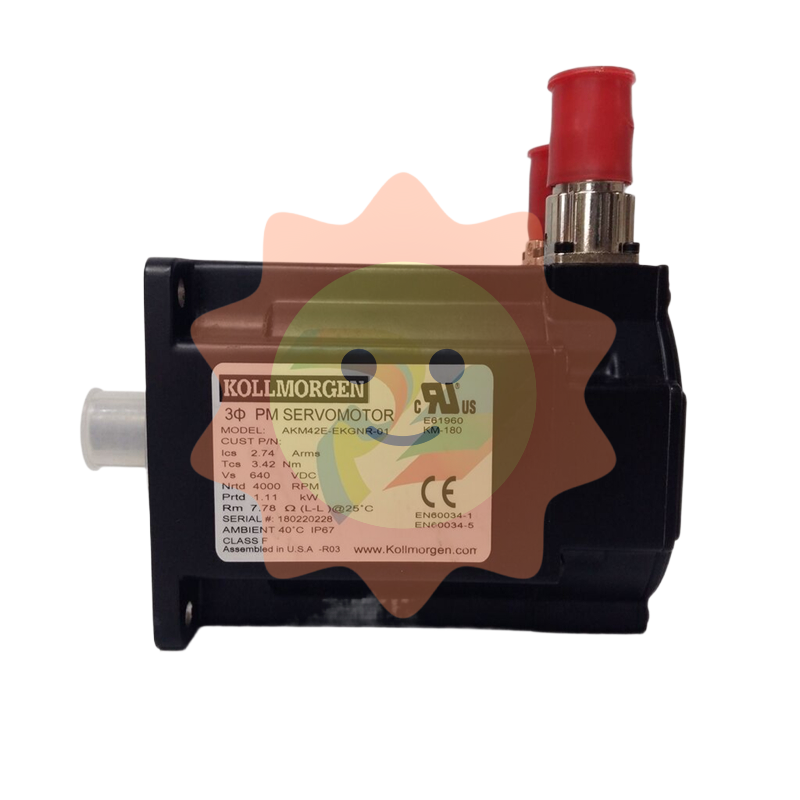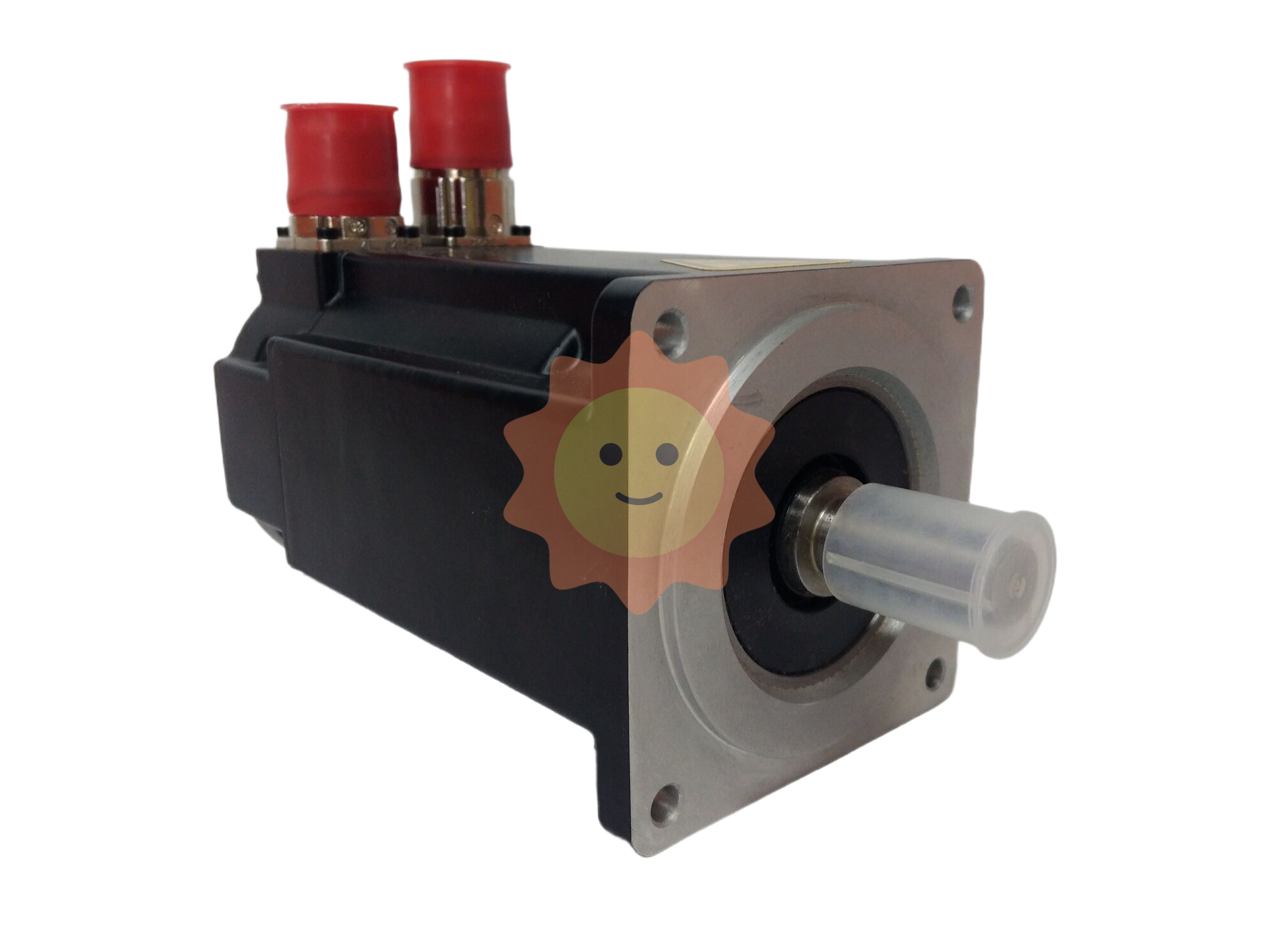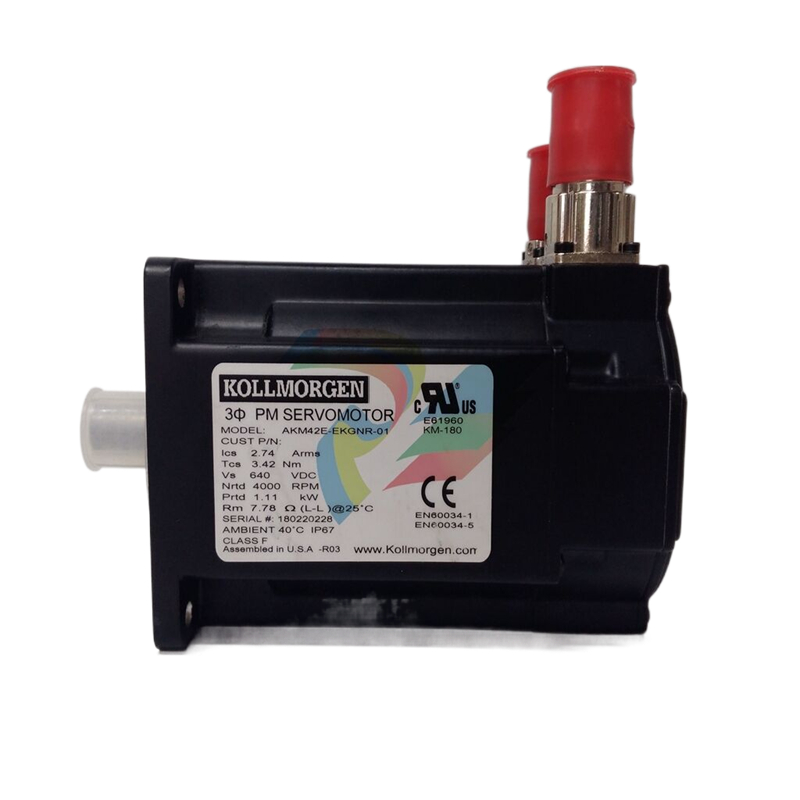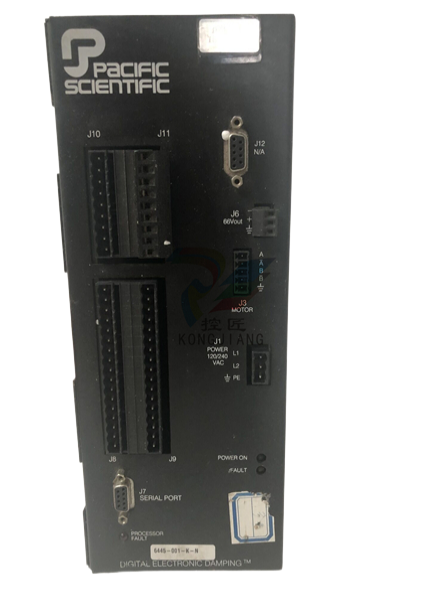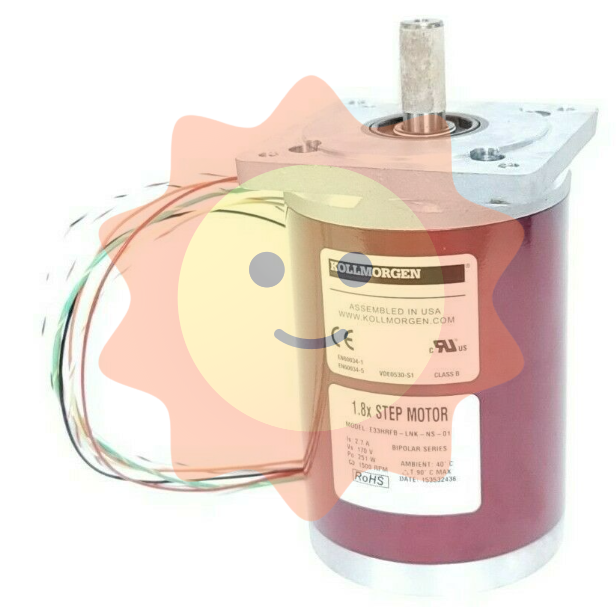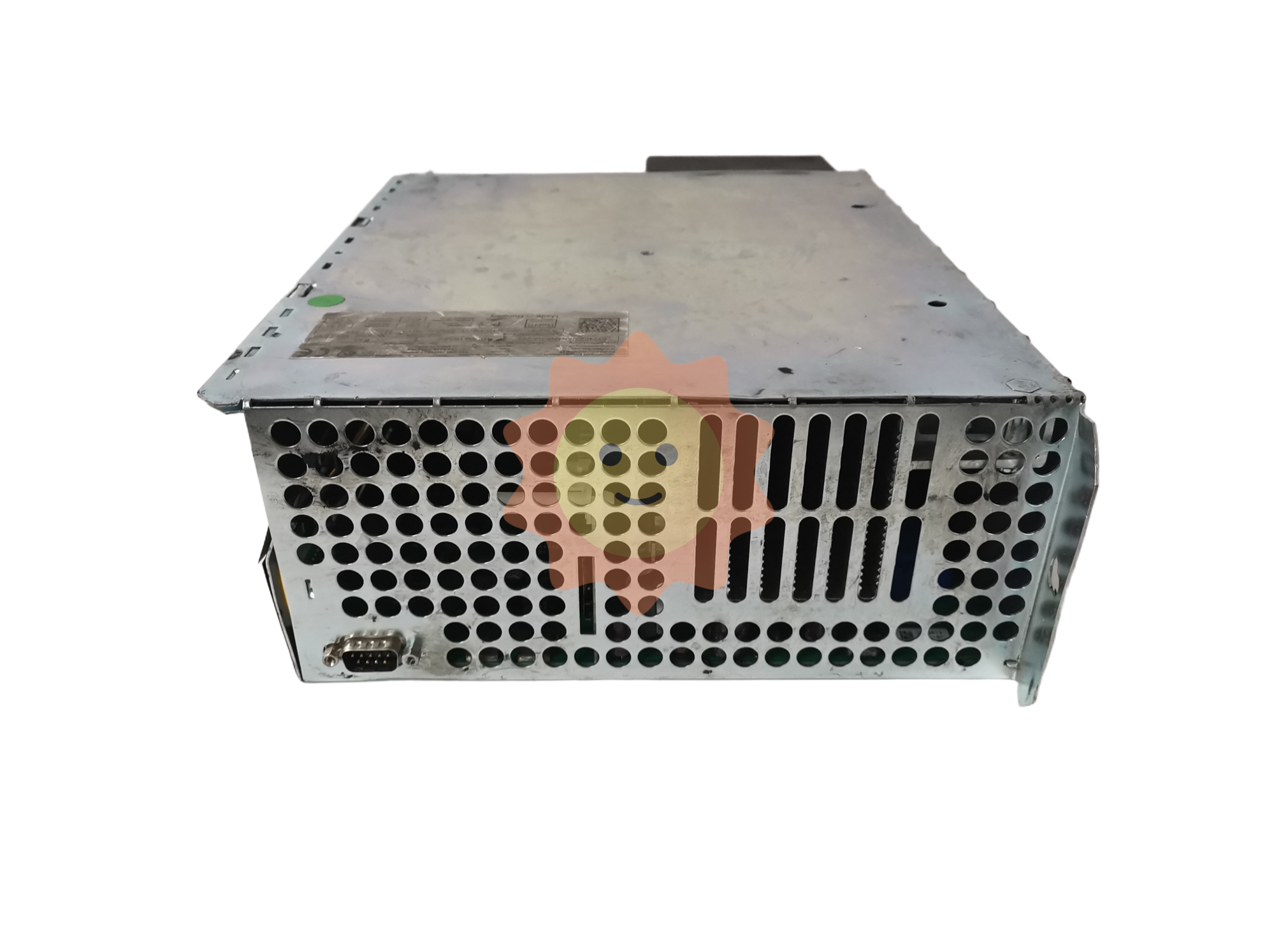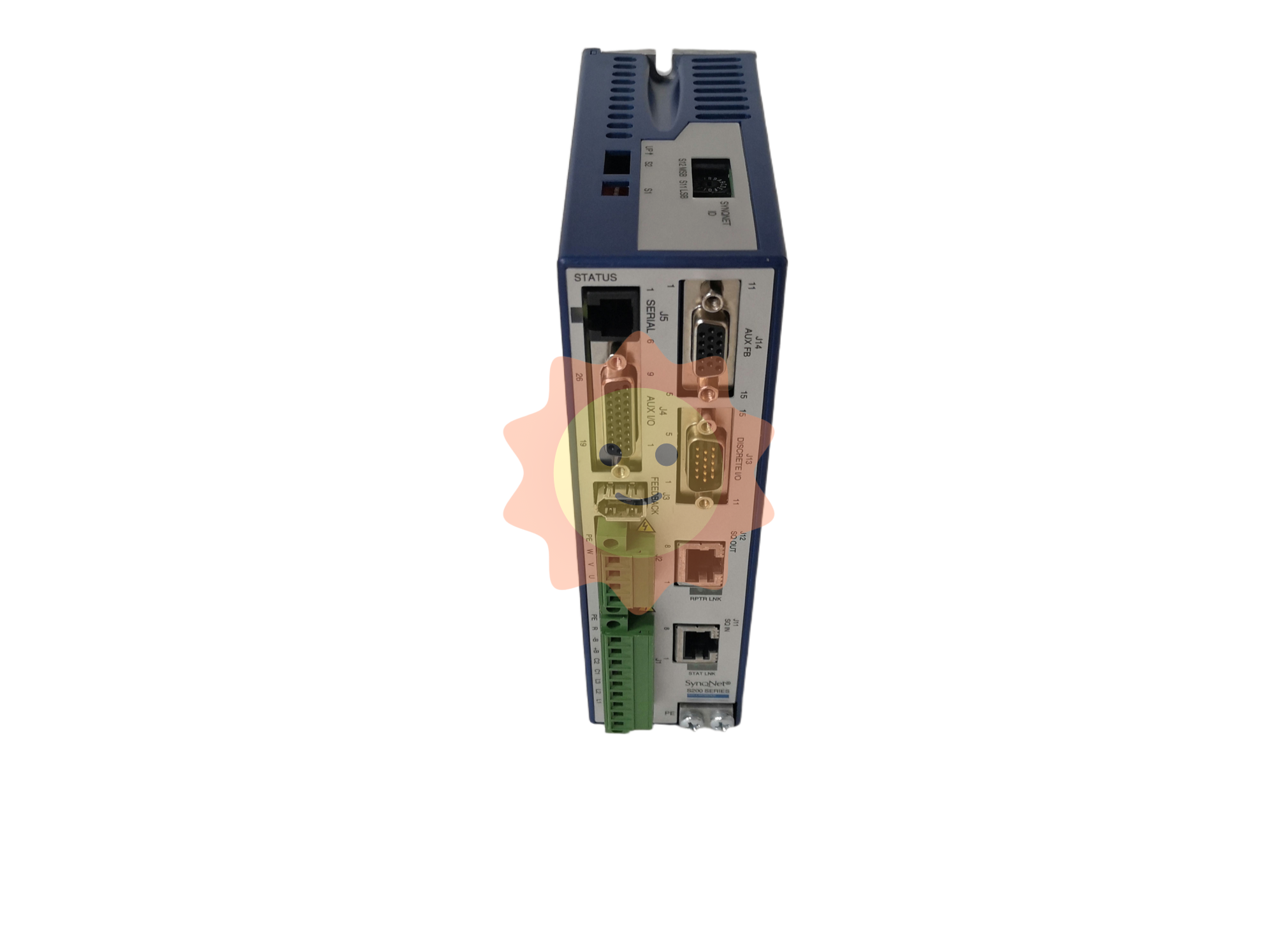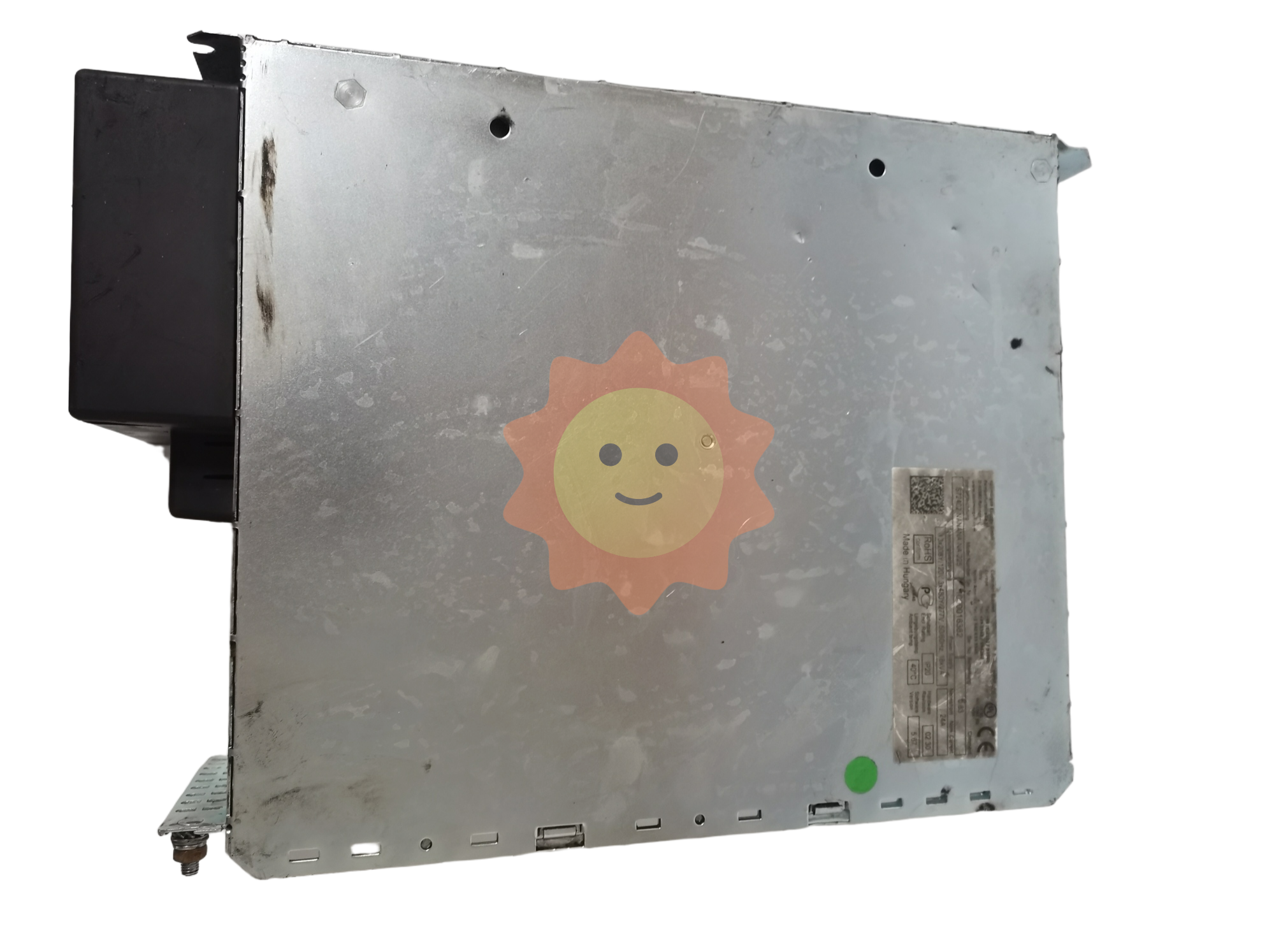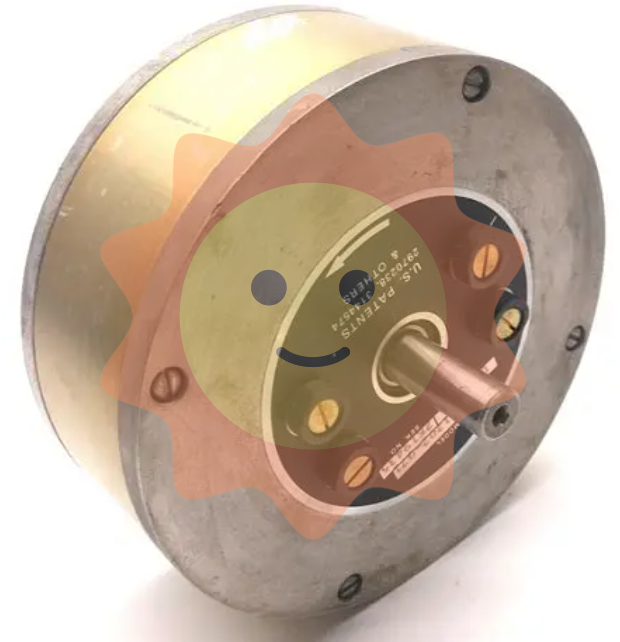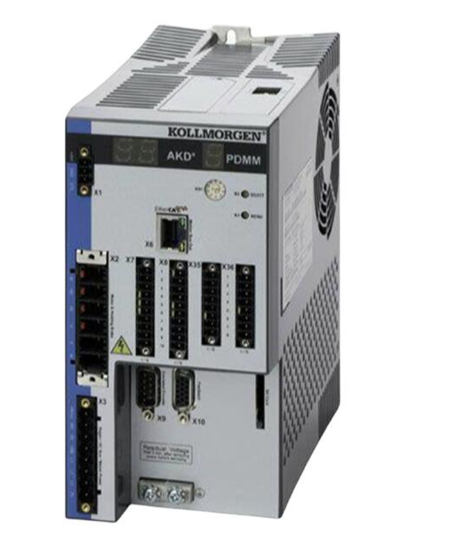How is electricity produced? What are the common ways of generating electricity?
In real life, most people only know about electricity, but they do not know where electricity comes from. Electricity is mainly generated by generators, and the current power generation methods in the world are mainly thermal power generation, hydroelectric power generation, wind power generation and nuclear power.
Thermal power
The use of energy contained in fossil fuels such as coal, oil and natural gas to generate electricity is collectively known as thermal power generation. According to the power generation method, thermal power generation is divided into coal-fired steam turbine power generation, fuel turbine power generation, gas-steam combined cycle power generation and internal combustion engine power generation.
Advantages of thermal power generation: early construction costs are low, stable power generation, uniform production throughout the year, so in the world's electricity production occupies a major position, generally about 70%.
The disadvantages of thermal power generation: the coal, oil, gas, etc. used are non-renewable resources, although the reserves are large, they will always be exhausted and the pollution is serious.
Water and electricity
Hydropower is a comprehensive engineering facility that converts water energy into electric energy, which generally includes reservoirs formed by water retaining and drainage buildings, water diversion systems of hydropower stations, power generation plants, and mechanical and electrical equipment.

The high water level of the reservoir flows into the building through the water diversion system to promote the hydropower generator set to generate electric energy, and then input into the power grid through the boost transformer, switch station and transmission line.
Environmental protection, low power generation cost and strong peaking capacity are the biggest advantages of hydropower. However, due to the high cost of early construction, long time, and uneven annual power generation, hydropower generation can only account for about 30% of the total.
Wind power
Wind power is the use of wind to drive windmill blade rotation, and then through the speed of the acceleration machine to increase the speed of rotation, to promote the generator to generate electricity. Based on current windmill technology, a breeze speed (the degree of breeze) of about three kilometers per second can start generating electricity.
Wind power generation is one of the most mature, large-scale and commercially developed power generation methods in the field of new energy. The development of wind power is of great significance for ensuring energy security, adjusting energy structure, reducing environmental pollution and achieving sustainable development.
Nuclear power
A nuclear power station is a new type of power station that generates electricity using the energy contained in the nucleus. Nuclear power plants can be divided into two parts: one is the nuclear island that uses nuclear energy to produce steam, including the reactor unit and the primary circuit system; The other part is a conventional island that uses steam to generate electricity, including a turbo-generator system.
Nuclear power plants consume very little nuclear fuel to produce large amounts of electricity, and the cost per kilowatt-hour of electricity is more than 20% lower than that of thermal power plants. Nuclear power plants can also greatly reduce the amount of fuel transported, and are clean, pollution-free, and almost zero emissions. The disadvantage of nuclear power is that the early construction cost is high, the technical requirements are high, and the failure is usually less, and once a major failure occurs (such as nuclear leakage), it will be a devastating disaster.

Power generation from other sources
In addition to the above types of power generation, there are other energy generation.
Biomass power generation: A power generation method in which humans use organisms that can produce strong bioelectricity, and collect, transform and utilize the bioelectricity generated by them.
Tidal power generation: Use the potential energy of the water formed by the rise and fall of the sea tide to generate electricity.
Solar thermal power generation: The use of sunlight or heat, into electricity generation.
- EMERSON
- Honeywell
- CTI
- Rolls-Royce
- General Electric
- Woodward
- Yaskawa
- xYCOM
- Motorola
- Siemens
- Rockwell
- ABB
- B&R
- HIMA
- Construction site
- electricity
- Automobile market
- PLC
- DCS
- Motor drivers
- VSD
- Implications
- cement
- CO2
- CEM
- methane
- Artificial intelligence
- Titanic
- Solar energy
- Hydrogen fuel cell
- Hydrogen and fuel cells
- Hydrogen and oxygen fuel cells
- tyre
- Chemical fiber
- dynamo
- corpuscle
- Pulp and paper
- printing
- fossil
- FANUC
- Food and beverage
- Life science
- Sewage treatment
- Personal care
- electricity
- boats
- infrastructure
- Automobile industry
- metallurgy
- Nuclear power generation
- Geothermal power generation
- Water and wastewater
- Infrastructure construction
- Mine hazard
- steel
- papermaking
- Natural gas industry
- Infrastructure construction
- Power and energy
- Rubber and plastic
- Renewable energy
- pharmacy
- mining
- Plastic industry
- Schneider
- Kongsberg
- NI
- Wind energy
- International petroleum
- International new energy network
- gas
- WATLOW
- ProSoft
- SEW
- wind
- ADVANCED
- Reliance
- YOKOGAWA
- TRICONEX
- FOXBORO
- METSO
- MAN
- Advantest
- ADVANCED
- ALSTOM
- Control Wave
- AB
- AMAT
- STUDER
- KONGSBERG
- MOTOROLA
- DANAHER MOTION
- Bently
- Galil
- EATON
- MOLEX
- Triconex
- DEIF
- B&W
- ZYGO
- Aerotech
- DANFOSS
- KOLLMORGEN
- Beijer
- Endress+Hauser
- MOOG
- KB


Email:wang@kongjiangauto.com


